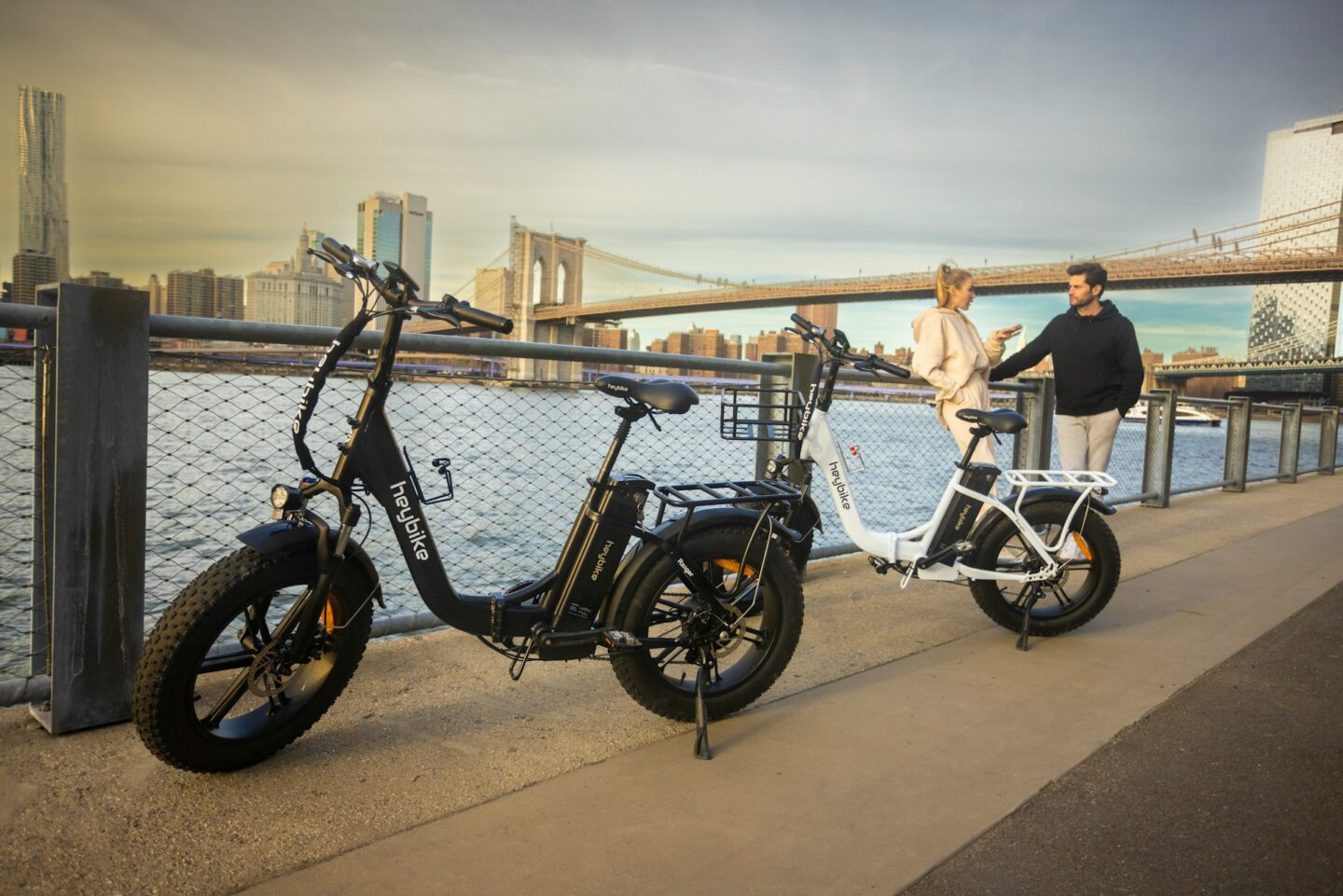In 2022, the U.S. saw a dramatic increase in e-bike sales, with 1.1 million units sold, nearly quadrupling the figures from 2019. This surge prompts the question: Why are more people opting for electric bikes over traditional bicycles? The appeal goes well beyond simply providing a less strenuous commute. E-bikes combine effectiveness, ease of access, and eco-friendliness in ways that conventional bicycles often can’t. Whether it’s conquering steep hills or covering lengthy commutes, an e-bike transforms challenging rides into pleasant experiences. In this blog, we’ll discuss the numerous benefits of e-bikes that are attracting a growing number of enthusiasts globally.

Advanced Battery Technology
At the core of every electric bike is its battery. Modern e-bikes are predominantly powered by lithium-ion batteries, favoured for their efficient energy storage, rapid charging capabilities, and long service life. These batteries enable riders to cover impressive distances on a single charge, boosting the usability and appeal of e-bikes for both short commutes and longer journeys.
Lithium-ion batteries are not only more efficient than their predecessors, such as lead-acid batteries, but also safer and more reliable. They are less prone to overheating and can be recharged more quickly, which is essential for regular e-bike users. In addition, their longer lifespan means they require replacement less frequently, which is both cost-effective and environmentally beneficial. For riders evaluating their options, understanding these benefits is key to choosing an e-bike that meets their specific needs and riding habits effectively.
Tire Technology and Efficiency
Advances in tyre technology have given rise to new designs that minimize rolling resistance while maximizing traction, fundamentally improving the efficiency of e-bikes. For example, the tyres found on a 20-inch electric bike are specifically engineered to strike an optimal balance between agile manoeuvrability and riding comfort. This combination ensures that riders can enjoy a smoother, more controlled experience, making e-bikes a compelling alternative to traditional bicycles in various riding conditions.
Better Motor Technology
The motor is the heartbeat of an e-bike, and recent advancements have significantly improved their efficiency and performance. Today’s e-bike motors are more compact, powerful, and smoother in operation than ever before. Hub and mid-drive motors are designed to provide a seamless boost in power, helping riders easily tackle hills and accelerate with minimal effort. In addition, these motors are increasingly integrated with sensors that monitor speed, torque, and pedal action, adjusting the motor’s output to ensure optimal balance and energy consumption, making every ride as efficient as possible.
Smart Integration and Connectivity
E-bikes today are more than just bikes; they are part of the connected world. With built-in GPS systems, anti-theft devices, and Bluetooth connectivity, e-bikes offer a smart transportation solution. Riders can track their routes, monitor their fitness levels, and even lock or unlock their bikes using a smartphone app. This connectivity not only enhances the practicality of e-bikes but also elevates the safety and enjoyment of each ride, providing peace of mind for both new and experienced cyclists alike.
Regenerative Braking Systems
Adopting technology from the automotive industry, many e-bikes now feature regenerative braking systems. This innovative feature converts the kinetic energy typically lost during braking back into stored energy in the battery. Not only does this help in extending the battery’s range, but it also reduces wear on the brakes, lowering maintenance needs and costs. Regenerative braking is particularly effective in urban environments where stop-and-go riding is common, proving that e-bikes are designed with both efficiency and sustainability in mind.
Structural Innovations
The physical structure of e-bikes has also undergone significant changes with the adoption of new materials and design principles. The use of lightweight, high-strength materials such as carbon fibre or reinforced aluminium reduces the overall weight of the bike, making it easier to handle and quicker to respond. These materials ensure that the bike frame is robust enough to handle the extra weight and speed capabilities of an e-bike while also being easy to manoeuvre. Additionally, the aerodynamic design minimizes air resistance, allowing for smoother and faster rides without additional energy expenditure.
Customizable Settings
Modern e-bikes are renowned for their adaptability, facilitated by extensive customizable user settings that accommodate individual preferences and varying riding conditions. These electric bikes often come equipped with powerful motors that allow for efficient handling of steep inclines and high-speed travel on flat terrains. Users can select from multiple riding modes, adjust pedal assistance levels, and switch through various gear settings to optimize performance according to their immediate needs. This level of customization not only improves the riding experience but also empowers cyclists to tackle a diverse array of environments, from urban streets to rugged trails, with ease and confidence.
Safety Features
E-bikes are equipped with advanced safety features that promote a secure riding experience. Advanced braking systems provide reliable stopping power, crucial for higher-speed capabilities of e-bikes. Stability features, integrated lighting, and reflective materials improve visibility in low-light conditions, ensuring that riders are seen by other road users. Furthermore, electronic locking systems protect against theft, an important consideration for urban cyclists.
Economic Benefits
The long-term economic benefits of e-bikes are notable. They offer a cost-effective alternative to cars and public transport, especially when considering rising fuel costs and public transport fares. Maintenance costs for e-bikes are generally lower than those for cars and even motorcycles, making them an economical choice for regular commuters. In addition, many governments offer incentives for e-bike purchases, acknowledging their benefits in reducing traffic congestion and pollution.
Conclusion
Electric bikes represent a significant shift in how we think about transport in an increasingly eco-conscious world. With their ability to flatten hills and shorten distances, e-bikes not only make cycling accessible to a wider audience but also encourage more people to consider bicycles as a viable alternative to motor vehicles for daily transportation. This technological shift could have profound implications for urban planning and the environment, reducing dependence on fossil fuels and lowering emissions in our cities.
Ultimately, the rise of e-bikes could not only transform how we move but also significantly contribute to the larger goal of sustainable living. With their growing popularity, e-bikes stand as a testament to innovation in mobility, offering a promising path towards a greener, more efficient, and accessible way of life.
DISCLOSURE – This is a collaborative post.




